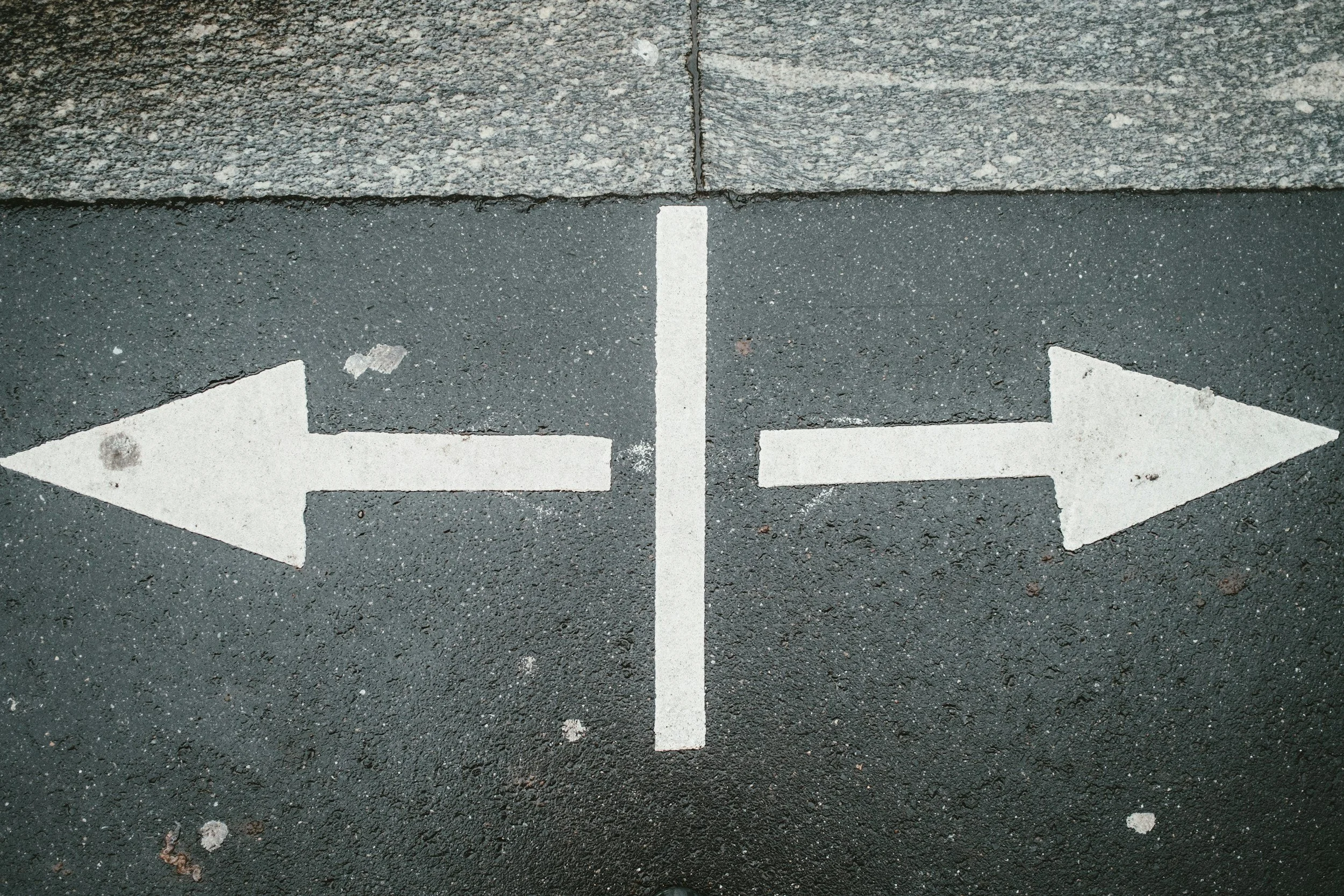How to Stop Overthinking and Start Deciding
Making decisions is a part of life. We make micro decisions every hour of every day. But sometimes we get stuck on something bigger, and no matter how much we try, we go round in circles. And then we do nothing.
But inaction is still a decision. We’re choosing to stay where we are.
Sometimes that’s wise. Our mind and body resist to keep us ‘safe’. But this fear is often disguised as caution, and if left unquestioned, it drains our energy and confidence.
So why does decision making feel so hard?
Because the choice is rarely about the surface issue – the new job, the relationship, the move. Underneath, it’s tied to identity, values, past experiences, and the old stories we’ve carried for years. Every choice comes with an added layer of meaning: Who will I be if I do this? What will people think? What if I fail?
No wonder it feels heavy.
The good news is we don’t need a perfect, definitive answer. We just need the next step.
One way to get there is to make the question smaller. Big, vague ones like “Should I leave my job?” create paralysis. Instead, try: “Do I want to explore new opportunities in the next three months?” or “Am I staying because I enjoy it, or because I’m scared to move?” Specific questions feel less ambiguous.
Then notice whose voice is coming through. Is it ours, or someone else’s? A parent’s? A boss’s? An old belief that says stability matters more than happiness? Once we see the story behind the decision, we can choose more freely.
It also helps to weigh the highs and lows. Every decision has both. Which mix feels manageable — or even energising?
And let’s not ignore those intangible niggles. Picture waking up tomorrow with the decision already made. Do you feel lighter or heavier? That isn’t speculation – it’s the brain working quickly, drawing on stored patterns and signals. It doesn’t always give the final answer, but it’s useful information.
We can also shrink the stakes. Very few choices are irreversible. Ask: “What’s the worst that could happen, and can I live with it?” Most of the time, we can.
Then comes the most important part: act. Clarity doesn’t come from waiting; it comes from moving. No decision will ever feel perfect. It’s simply a choice, followed by what we do next.
Let’s take starting a side business as an example. Asking “Should I start a side business on top of my existing work?” can trigger a rush of fear about workload, money, or failure. A gentler, more helpful version might be: “Do I want to test this idea in the next six months on a small scale?”
The difference is obvious. The first feels big and permanent. The second is smaller, time-bound, and experimental. It shifts the focus from risk to curiosity.
Language matters. Words like “start” and “business” carry weight: responsibility, commitment, pressure. Swap them for “test,” “try,” or “explore” and the decision feels lighter and more flexible. By changing the language, we move from pressure to possibility.
If a decision has been stuck in your head for too long, my free Decision-Making Guide offers practical tools to ease the overwhelm and help you make a start. And if you’re ready to explore the bigger picture — identity, money, purpose, or what’s next in your career — my coaching sessions offer the space to get clear, gain confidence, and move forward.
Decision making is rarely easy, but it becomes lighter when we make the question smaller, separate our own voice from old stories, and take one step at a time. Clarity builds through action, and each step makes the next one easier to see.

